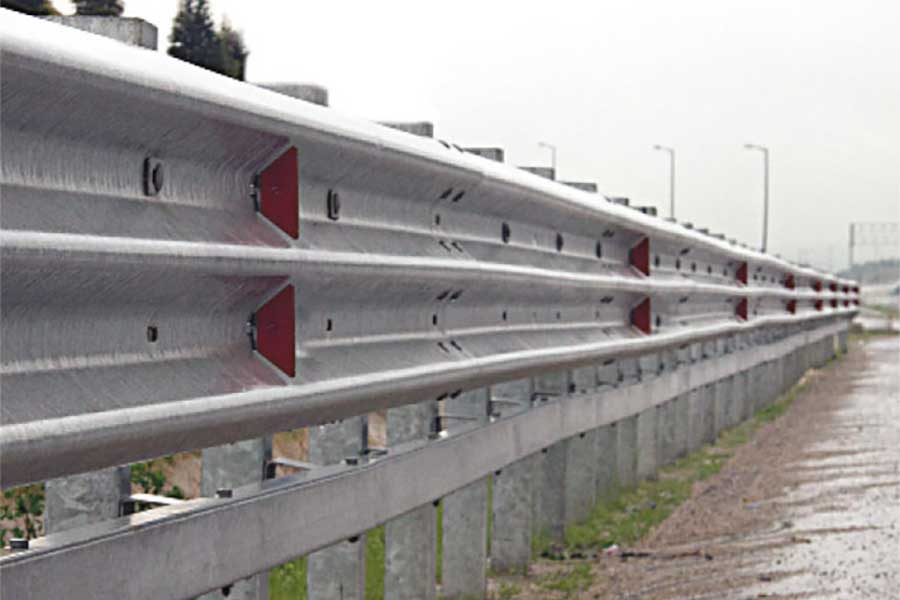
Highway barriers are critical for ensuring road safety and preventing vehicular accidents. In the production of these barriers, roll forming lines are widely used. Roll forming lines produce barrier elements by shaping metal sheets made of steel or other materials with the desired profile. Here is detailed information about the roll forming lines used in the production of highway barriers:
Roll Forming Lines and Production Process
1. Plate Feeding : In roll forming lines, steel plates are used in coils or sheets with an outer surface with a closed outer surface. These sheets are generally preferred as galvanized or specially coated, thus ensuring that the barriers are long-lasting and corrosion resistant.
2. Forming Bearings: The sheet is passed through a series of consecutive forming bearings. Each roll presses the sheet in a certain shape and force, forming the desired profile. The design of the bearings is specially made according to the barrier profile to be produced.
3. Progressive Forming: The sheet is gradually shaped as it passes through each roll. The first rolls give the slab an overall slope, while subsequent rolls create more detailed profiles. In this way, even barrier profiles with complex cross-sections can be produced.
4. Drilling and Cutting Operations : When necessary, operations such as drilling holes and cutting are performed on the plate during or after shaping. These operations are necessary for connecting barriers to each other or for installing additional parts.
5. Final Control and Cutting: The profile is produced in accordance with the desired dimensions and tolerances. Next, barrier elements are obtained by cutting them to the specified lengths.
Advantages of Roll Forming Lines
1. High Efficiency: The roll forming method provides the possibility to produce a large amount of profiles in a short time. This makes it ideal for mass production and reduces unit costs.
2. High Precision: All profiles are manufactured to very similar specifications, resulting in high quality and consistency.
3. Flexibility: Barriers of different profiles and sizes can be produced, which increases the flexibility of the production process.
4. Automation: A large part of the production process can be automated, which increases occupational safety and efficiency.
Types of Barriers Used
1. Side Barriers: Used on roadsides to prevent vehicles from leaving the road.
2. Medium Barriers: It is used to separate vehicles coming from the opposite direction.
3. Bridge Barriers: It is used to ensure safety on bridges.
4. Tunnel Barriers: It is used to ensure safety and guide the tunnel.
Result
Roll forming lines are a widely used method in the production of highway barriers and provide high efficiency, precision and flexibility. Thanks to these lines, barriers can be produced with high quality and economically. The technologies and materials used in the manufacturing process directly affect the durability and longevity of the barriers.